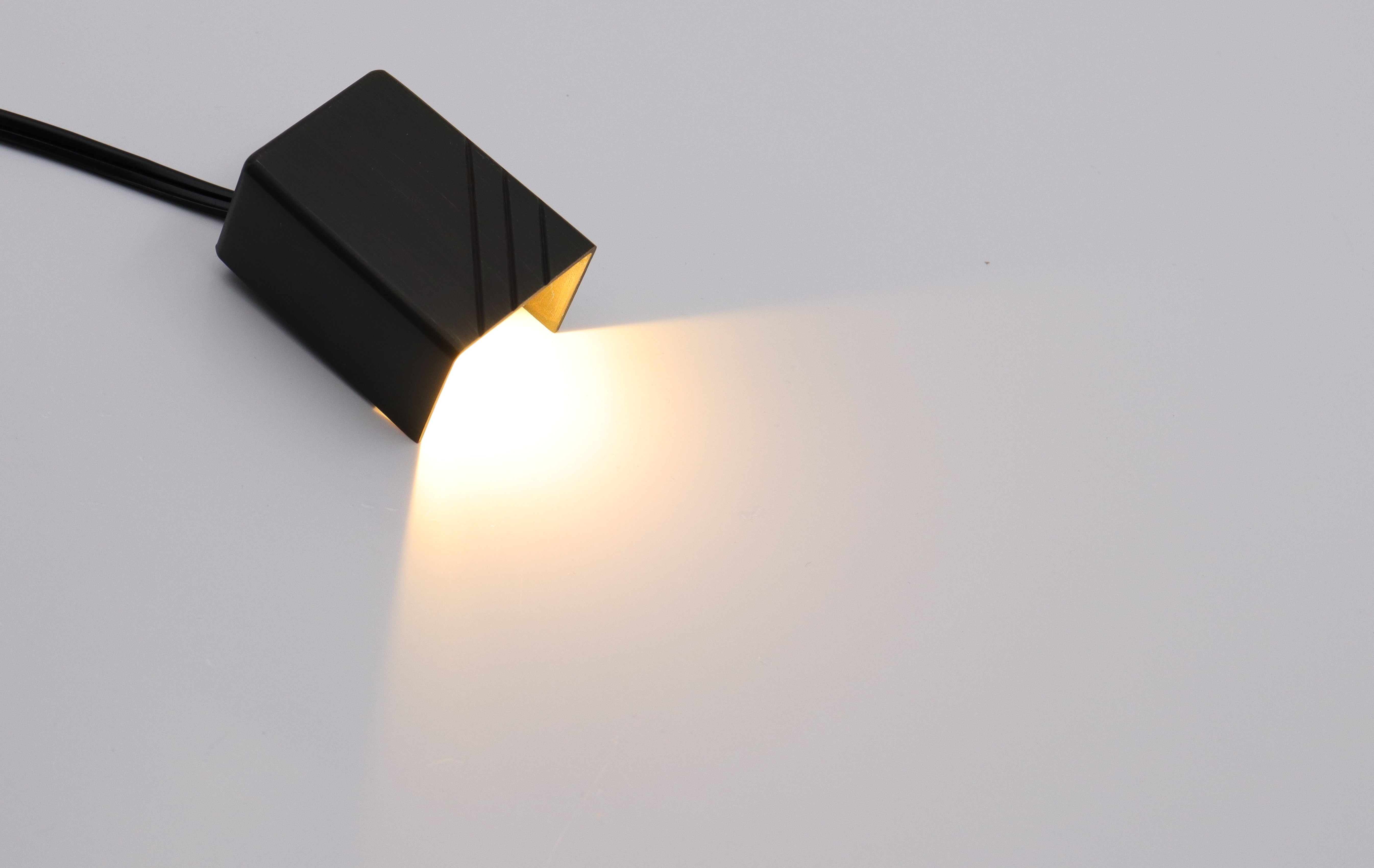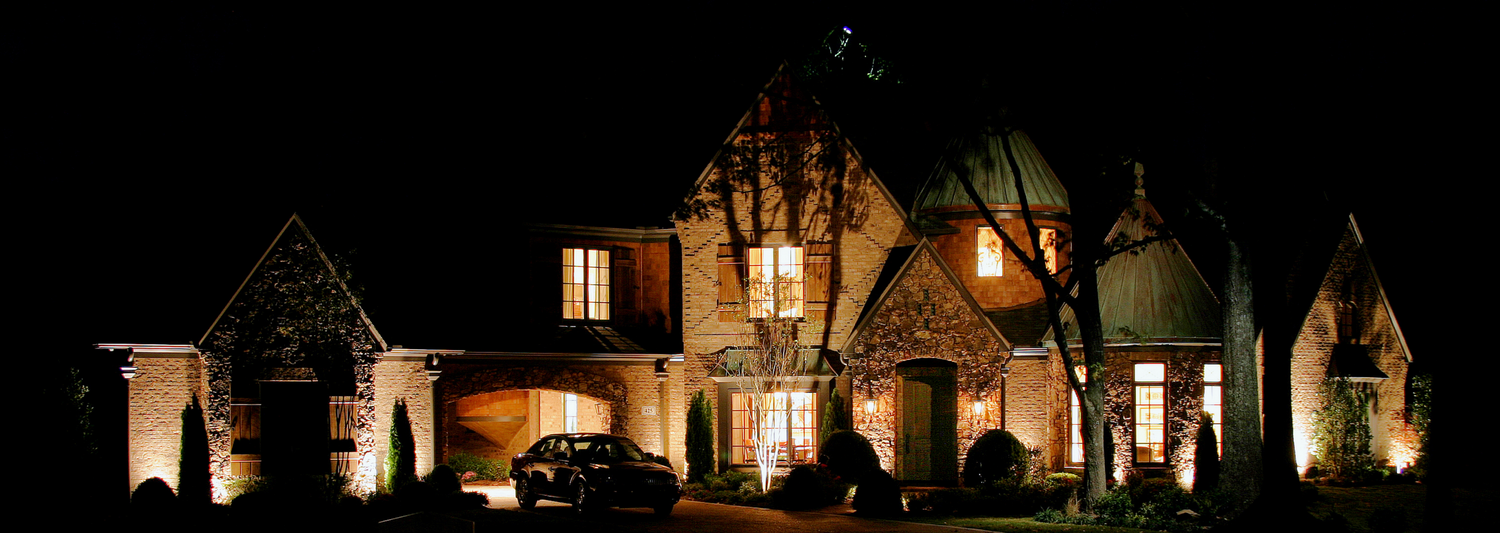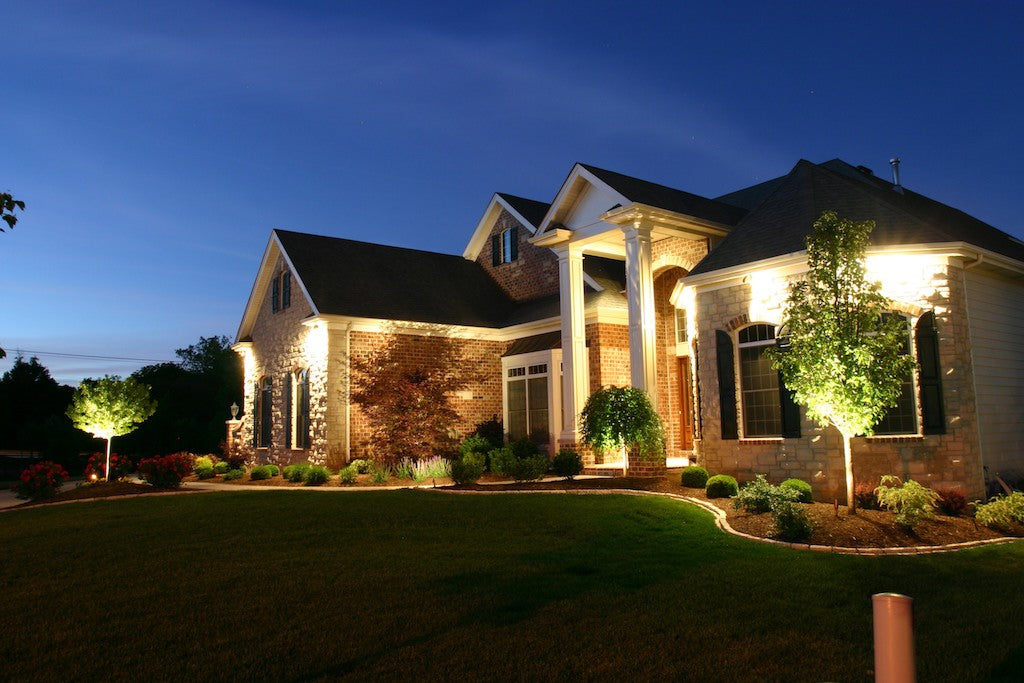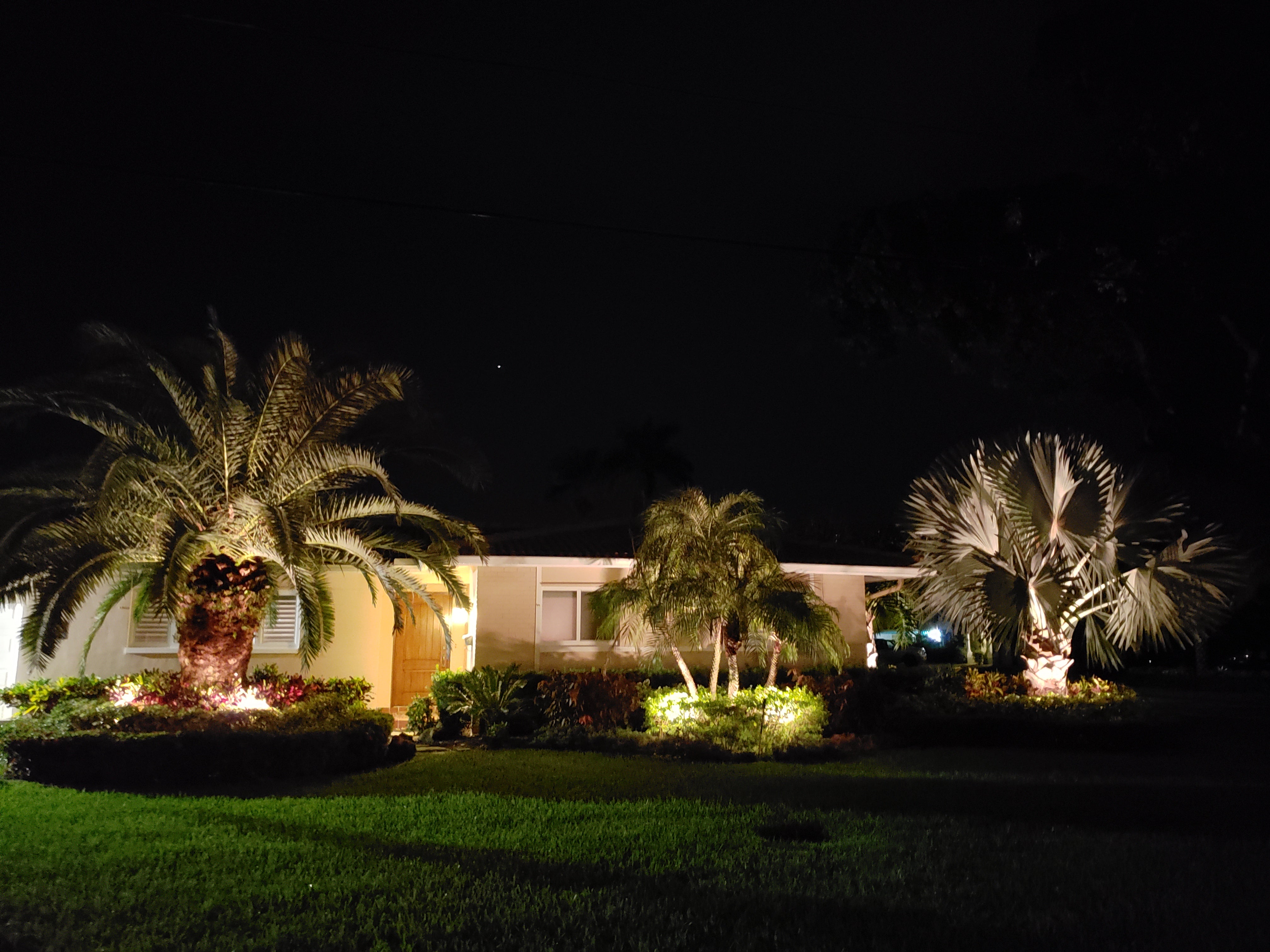When it comes to landscape lighting, the devil is in the details. One aspect often overlooked yet absolutely vital is color temperature. But this subject isn't just about sticking to general guidelines. From the climate you live in to personal preferences and even special events, various factors can influence the best color temperature for your outdoor space.
In this comprehensive guide, we'll delve into what color temperature is, why it's crucial for your landscape, the ideal temperatures for different landscape features, and the exceptions you should consider to make the most informed decision.
What Is the Color Temperature?
Measured in Kelvin (K), color temperature isn't about the physical warmth or coolness of a light bulb but rather the color of the light emitted. Lower Kelvin numbers result in a warmer, more yellowish light akin to a cozy fireplace. Higher Kelvin numbers yield a cooler, bluer light, similar to a bright, sunny day.
You might be wondering why should you bother with color temperature when installing landscape lighting? The reason is twofold. On a functional level, the right color temperature enhances visibility. A cool light can make a space feel open and airy, making it easier to navigate. On an aesthetic level, it changes how your eyes perceive color and can either intensify or wash out the natural colors in your landscape. Simply put, the wrong color temperature can do a disservice to your well-designed landscape.
Best Color Temperature for Walkways and Driveways
When it comes to walkways and driveways, the spotlight is on safety and navigation. A moderate Kelvin range between 3000K and 4000K is generally ideal for these areas. For more specific ideas on how to stylishly illuminate these spaces, refer to This guide.
This color temperature range offers balanced, neutral lighting that enhances visibility without being too glaring. The golden mean here is to strike a balance that avoids the warm, yellowish light that might blend with the color of fallen leaves or the overly cool light that can create glares on wet surfaces.
If your driveway is long and winding, sticking to this moderate Kelvin range becomes even more crucial to help guide vehicles safely to and from your home.

Ideal Color Temperature for Garden and Plants
Showcasing your garden in the best possible light is not just an expression; it's a lighting strategy. The color temperature for gardens and plants typically falls within the lower range of 2700K to 3000K. This warm, yellowish light beautifully complements natural greens and floral hues, accentuating their richness.
However, you should consider the types of plants in your garden. Exotic plants with vibrant colors might benefit from a slightly different color temperature to make them truly pop.
More color temperature knowledge about plants here.
Accentuating Architectural Features
Your architectural features—statues, fountains, gazebos—are the high points in your landscape design, deserving their moment in the spotlight. A cooler color temperature in the range of 4000K to 4500K can be highly effective in doing just that.
These cooler temperatures give architectural features a crisp, clean appearance, making them visually arresting. But exercise caution. Going above 5000K might turn your striking water feature into a sterile-looking science experiment.
Enhancing Outdoor Living Spaces
When it comes to the outdoor spaces where you'll relax and entertain, the color temperature takes on a nuanced role. For patios, decks, and other such spaces, a warm color temperature around 2700K is often your best bet. As outlined in our comprehensive guide, this temperature mimics the inviting light of a setting sun and is excellent for creating a relaxed, cozy ambiance.
It's the kind of light that encourages you to sink into your patio furniture with a good book or engage in evening conversations with family and friends. Carefully selecting the right color temperature is crucial for establishing the perfect mood and atmosphere in your outdoor living areas.
More info: The Impact of Color Temperature on Cognitive Performance: What Research Tells Us.
Tips for Mixing and Matching Different Color Temperatures
Creating a unified yet versatile lighting scheme often involves mixing and matching different color temperatures. While a cohesive look is crucial, you don’t have to be rigid about using only one color temperature across the board. For instance, your backyard might feature a 2700K light on a cozy wooden deck illuminated with warm lights and a modern sculpture bathed in cooler lighting. The key to successful mixing is avoiding jarring transitions. Say you opt for a 2700K light on your deck; you wouldn't want a 5000K spotlight on a nearby tree. It would create a disruptive visual contrast, undermining the overall ambiance. There are lots of spotlights for different color temperature.

Exceptions and Special Cases in Choosing Color Temperature
Geographic Location and Climate
Geographic location can be a game-changer in your lighting setup. If you're in a place with biting winters, such as Alaska or Northern Europe, warmer lighting around 2700K can add a cozy layer of comfort to your outdoors. It can make your home seem more inviting, essentially offering an emotional warmth that counters the chill. On the flip side, if you're dealing with the relentless heat of an Arizona summer, cooler lights around 4000K can offer a sense of refreshment, making your outdoor space feel less stifling.
Existing Neighborhood Lighting
In any setting, your landscape does not exist in isolation. There may be street lights, community lighting, or even the neighbor's garishly bright garage light to consider. If your neighborhood predominantly features a specific color temperature, straying too far from that norm can make your home look out of place. For example, if you're in an area where street lighting is around 3500K, opting for a 5000K in your driveway might create a stark contrast that disrupts the visual flow of the community.
Personal Preferences
Universal recommendations can only take you so far when personal taste steps into the ring. Maybe you've always loved the dreamy quality of warm, golden light, or perhaps you prefer the sleek, modern aesthetic that cooler lights provide. Your personal preference should play a role in your decision, especially in areas that are meant for relaxation or social activities. After all, you're the one who will be spending time in these spaces; they should make you feel at home.
Safety Considerations
Safety considerations can sometimes overshadow aesthetic concerns. This is especially true for areas that are tricky to navigate, such as steep inclines, steps, or uneven paths. In these situations, adequate visibility is not a matter of choice but a necessity. Opt for color temperatures that cut through fog, mist, or darkness without creating a glare. While a balanced, neutral light in the range of 3000K to 4000K generally suffices, always err on the side of caution when safety is at stake.
More safety considerations: The Ultimate Guide to Path Light Spacing in 2023: Balancing Safety, Aesthetics, and Efficiency.
Special Events and Holidays
There are times when the everyday rules go out the window—holidays, special events, or parties. These occasions might call for a temporary change in your color temperature setup. A Halloween party, for instance, could benefit from cooler, eerie blue lights. A romantic dinner on your patio, however, might be better served by a soft, warm glow around 2700K. For special events, think of color temperature as another tool in your decorating arsenal.
Final Words
The color temperature of your landscape lighting is a critical element that demands careful consideration. The right temperature enhances both the functionality and aesthetics of your outdoor space. For walkways and driveways, aim for a moderate range of 3000K to 4000K. Gardens and plants come alive with a warm 2700K to 3000K, while architectural highlights benefit from a cooler 4000K to 4500K. Finally, for outdoor living spaces where relaxation is key, a warm 2700K is often ideal.
And let's not forget the exceptions and special conditions, such as climate and neighborhood lighting, which can further influence your choices. This isn't just about illumination; it's about leveraging light to enhance your living space, adapt to particular situations, and make informed decisions tailored to your specific needs.






Leave a comment
All comments are moderated before being published.
This site is protected by hCaptcha and the hCaptcha Privacy Policy and Terms of Service apply.